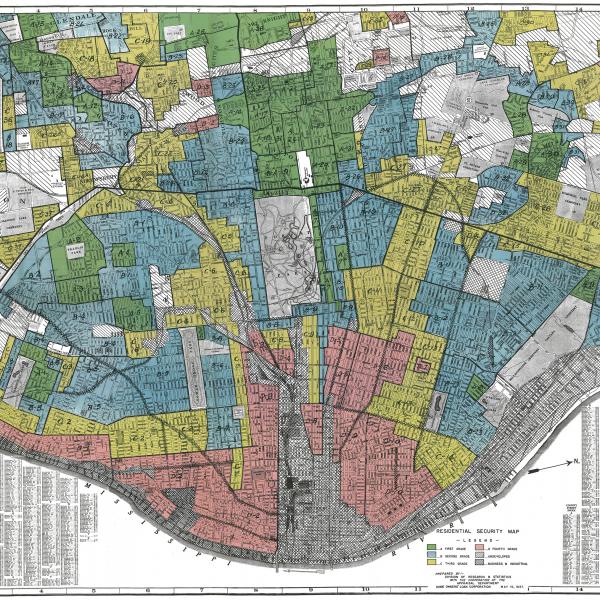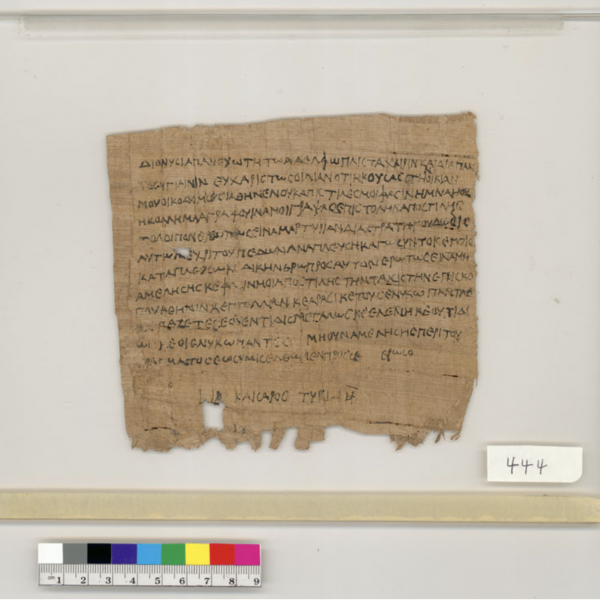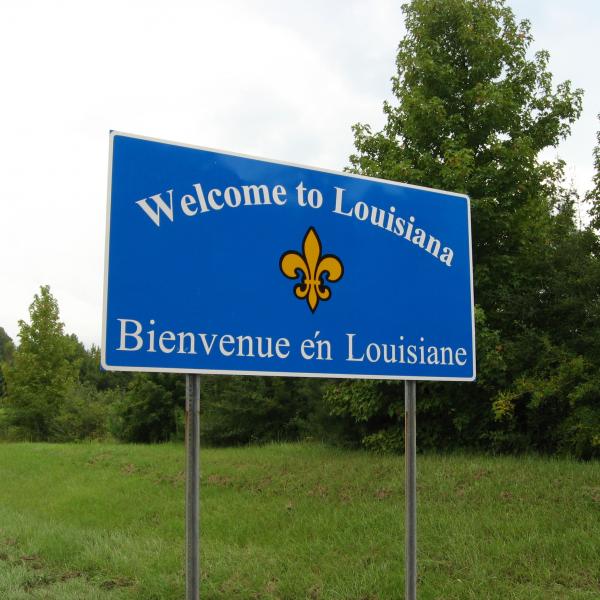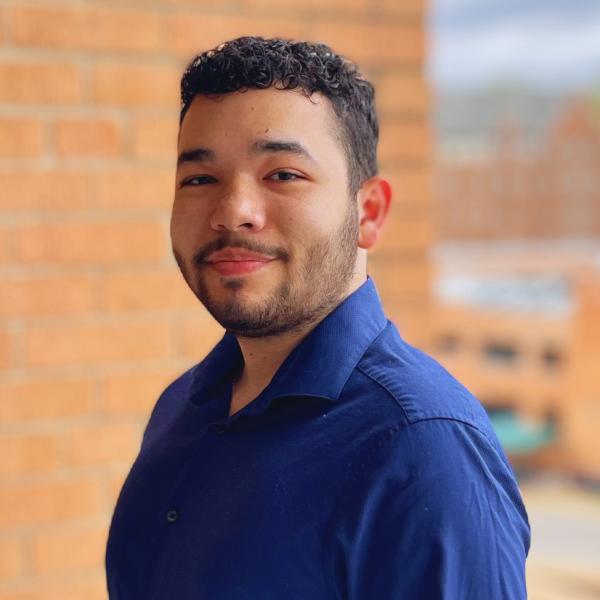Tila Neguse is assistant director of the Washington University Center on Race, Ethnicity and Equity. She continues to help lead the Divided City initiative, housed in the Center for the Humanities, in her new position.
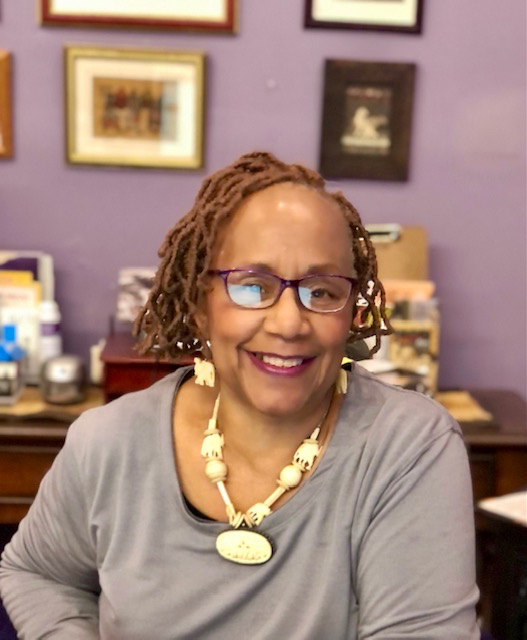
RELATED EVENT
12 pm | Thursday, April 1
Connections: Power and the Politics of Community/University Engagement
follow the link to RSVP (required for Zoom)
A panel discussion featuring Lois Conley, director, Griot Museum of Black History; Walter Johnson, keynote speaker, Faculty Book Celebration and founding member of Harvard University’s Commonwealth Project; Tila Neguse, assistant director, Center for the Study of Race, Ethnicity & Equity; Samuel Shearer, assistant professor, African & African American Studies; Geoff Ward, professor, African & African American Studies; and Aaron Williams, Committee Chairman, Young Friends of The Ville and 4theVille Team Member, recipient of the Community Builders Network of Metro St. Louis 2019 Rising Star in Community Building Award.
Moderated by Ignacio Infante, associate professor of comparative literature and Spanish; associate director, Center for the Humanities.
Wednesday, March 17, 2021, marked the reopening of the Griot Museum of Black History and Culture. The Griot, like many other institutions, museums and businesses, had been closed for almost a year due to the COVID-19 pandemic. But now, with longtime museum director Lois Conley at the helm, the Griot doors are open again, albeit cautiously: Visitors 9 and older must wear a face covering during their visit, and occupancy is limited to 25 visitors at a time.
Later this month, the Griot Museum will host the first showing of an ongoing collaboration between Harvard University and six recipients of its Commonwealth Project’s inaugural #InTheCity Visual Arts Fellowship.
The six selected Artist Fellows include Collin Elliott, Alana Marie, Shabez Jamal, Tiffany Sutton, Cami Cruz-Thomas and Nyara Williams as they explore how film and photography can visually unearth spatial histories, capture nuanced familial rituals, and weave new narratives about what it means to be Black in St. Louis. The exhibit will run from March 26—May 28, 2021.
I met Lois in the summer of 2016, while planning a Divided City workshop, “Memorializing Displacement.” Over two days, the Center for Humanities, the Museum Studies Program at the University of Missouri-St. Louis (UMSL), and the Missouri History Museum hosted the workshop. The event aimed to instigate conversations among activists, scholars, curators and other museum professionals about how to recover and preserve stories of displaced communities and involuntary urban relocations in St. Louis. Since then, the partnership between the Griot Museum and the Divided City has grown. We’ve worked together on multiple projects, and Lois now serves as a member of the Divided City Advisory Committee.
Recently, I sat down (virtually, of course) with Lois to talk about the museum, the pandemic, reciprocity and the relationships the museum has built with the Washington University community. A lightly edited and condensed version of our conversation follows.
The Griot Museum’s pandemic year
We were closed for a year, but we were still working. Part of what the shutdown did was give us some time to work on other things. It allowed us to plan some programmatic things and to continue to nurture certain relationships.
We recently had a virtual exhibit open in February 2021. It was an opportunity for us to give a practicum experience to a WashU student. The show was called Listen, Look: A Reconciliatory Journey Through Black Grief and Joy [see video below] and was curated by Precious Musa. Precious is a student in the MFA program in creative writing at WashU. We had a great turnout in a virtual setting. The show was a multimedia exhibit that centered the work of Black artists in St. Louis.
The origin of the Griot-WashU connection
In 2015, the Griot had to have a hard discussion about whether or not we were going to be around anymore. Things had gotten so dismal. It came to the point where had to ask ourselves how we were going to make this thing work. So we created a task force of community folks who came together to do some hard soul searching, and Roseann Weiss from the Gephardt Institute was one of those folks on that committee. We also have been a part of the Gephardt Institute ACE program for the last few years. I think that was the first time I had a real connection with WashU.

A growing Griot community
Because of our work with Divided City, we have been getting exposure to other departments. Departments at the university reach out to us or if we reach out to them, they’re receptive. I think being a part of the Divided City has been significant in building those relationships. I feel like we have real partners with different departments at WashU and there is a mutual benefit to being partners. I’ve been really encouraged by the way the relationships are growing with WashU. We also recently spent a whole semester with students in a class with Professor Penny Acayo [in the Sam Fox School’s Communication Design program]. Her class worked on refashioning our website. It’s particularly fulfilling when we can provide opportunities for students. I’m always looking for other relationships we can develop throughout the campus. I feel it was because of the support from the Divided City that positioned us to develop a partnership with Harvard. Now we have the exhibit opening this month through a partnership with Harvard University Commonwealth Project that’s curated by De Nichols.
The Griot’s next steps
We are going to celebrate our 25th anniversary next year and I am really excited about that. I’m hoping that with all that has occurred over the last year, people will begin to see us as a valuable asset in this community.
I think there are many more opportunities to partner with other universities and other organizations. The goal is to help get our stories out there, incorporating the history in a way that makes it our story not just Black his-story, because that is what it really is — ours. I think if we continue to miss that we will continue to struggle with the things that divide us.
Headline image by David Ballew via Unsplash


